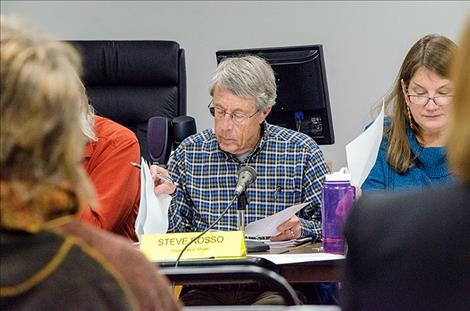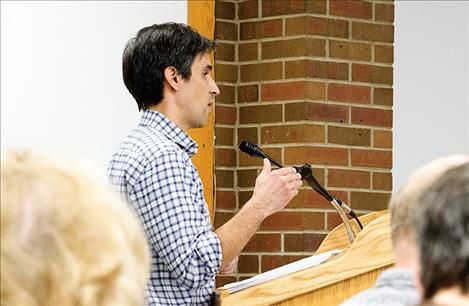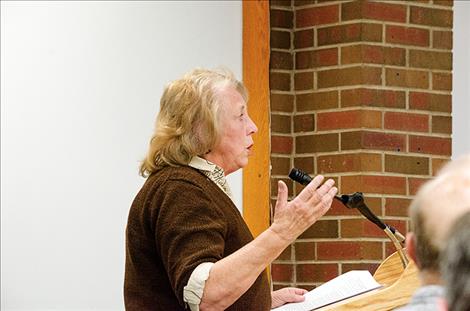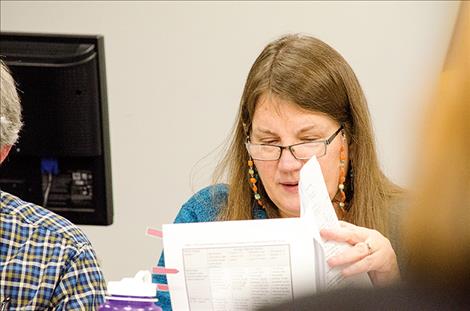Planning board votes to keep density map, regulations
Vote opposite direction of county commissioners
Hey savvy news reader! Thanks for choosing local.
You are now reading
2 of 3 free articles.
POLSON – The Lake County Planning Board, tasked with giving the county’s governing body recommendations, voted on their official opinion concerning the Density Map and Regulations during a meeting on Wednesday, April 11.
The DMRs are currently used to guide growth and development for rural areas within the county - like how many homes can be built on a 20-acre parcel.
The board considered holding the vote for another meeting as the discussion went past 10 p.m. After taking into account the hours already spent on the issue, the many public comments, and reminders that the issue was on the agenda, the board made a decision to vote as to whether the DMRs should be regulatory or advisory.
In a six to four outcome, the planning board voted not to recommend repealing the DMRs. The overall opinion is that they should remain regulatory.
The vote comes after a March 13 decision by Lake County Commissioners to pass a resolution of intent to repeal the county’s DMRs and make them advisory rather than regulatory. The commissioners’ vote is not final. The issue will be discussed again at 2 p.m. on April 24 in the Lake County Commissioners office.
During the planning board meeting, chairman Steve Rosso said it would be difficult to enforce DMRs if they weren’t regulatory, and he worried people might ignore them. He said he understood why people would be against the regulations in some circumstances. In his own experience, the regulations didn’t allow the addition of a bathroom for a shop he built on his property, but he felt the DMRs still needed to be regulatory.
The board also discussed words defining the document’s purpose, and it was said that the word “density” was a better fit than land “use.” Rosso explained that the documents were about trying to control density and not as much about how the land was used. Board members also talked about keeping development “harmonious” with the natural environment and using good planning practices to develop growth.
Board member Frank Mutch would like the regulations to be advisory. He said he didn’t think the regulations were about splitting the community into two opinions - with one side believing limited growth protects the environment while the other allows growth without concern for the environment. He said the regulations were about density. “It’s not about the environment.”
Janet Camel, board member, later said limiting growth in rural areas protects critical places like the Ninepipe Wildlife Refuge and the land around it. “If this is not regulatory, we can lose critical areas,” she said.
Board Member Abigail Feiler said she believes the “overwhelming majority of the public” wants to keep the document as regulatory.
Members of the public stood up to say they were concerned about communities spreading out in places like Woods Bay. “You want regulations with rules,” one man said.
Jordan Thompson stood up to speak as a lawyer for the Confederated Salish Tribes. He said keeping the DMRs as regulatory helps protect natural habitats. “This isn’t a tribal and county issue, but a community issue,” he said.
The planning board also talked about an appendix to the growth policy during the meeting, which is an advisory document designed to guide growth. After the meeting went more than three and a half hours, board members decided to continue discussion of the document at another meeting, which was scheduled for 6 p.m. on Wednesday, April 18, in the large conference room in the courthouse.
The April 11 meeting began with discussion on the development of a 60-lot subdivision on 20 acres located west of Big Arm that would be used for RVs. The board granted the project preliminary approval with a motion to approve a landscape variance.



















